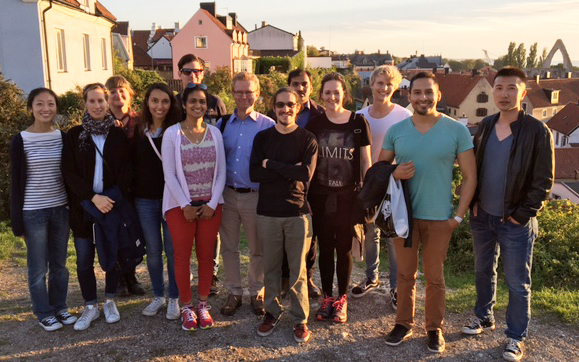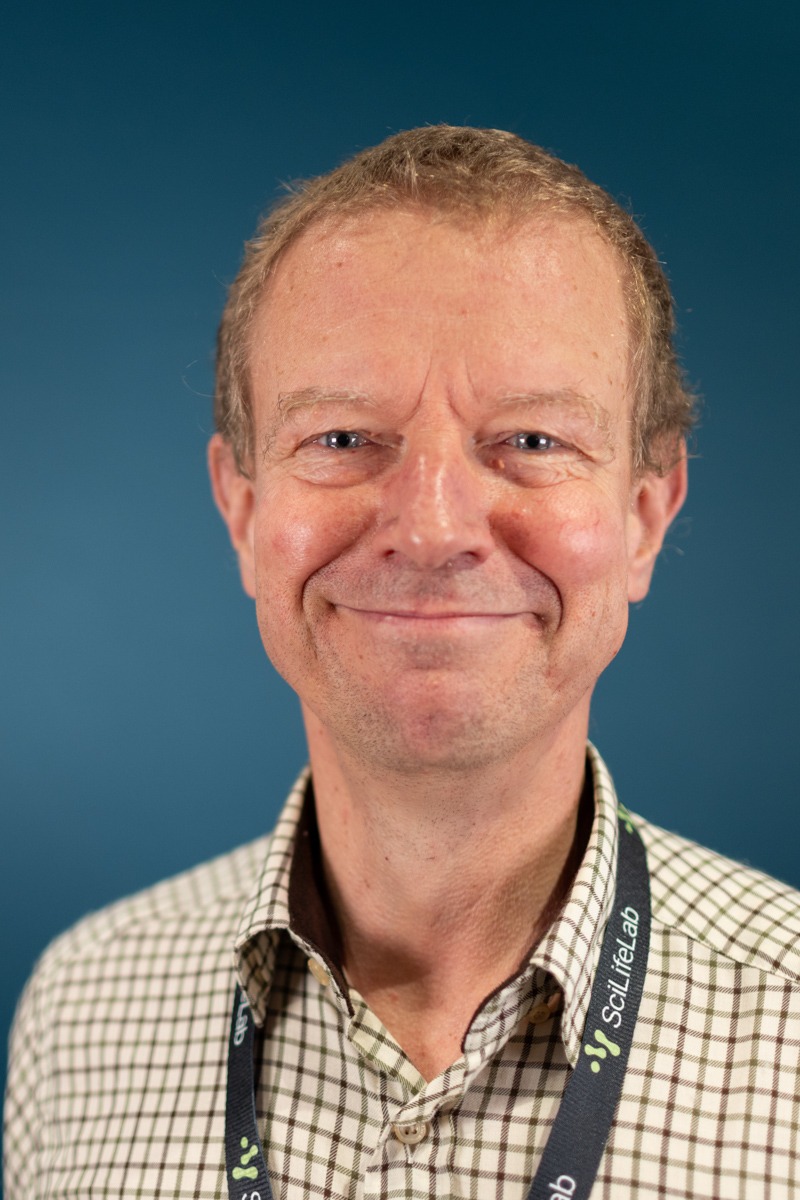
Research interests
Our work is focused on development of novel molecular analysis concept for use in research and diagnostics, with primary focus on infectious and cancer diagnostics. We address development of both fundamental assay architecture and novel devices. Our research is based on a cross-disciplinary approach involving extensive collaboration with scientist ranging from physics and engineering to biomedical and clinical research, and with the ultimate goal of translating the research into industrial products to make the technologies available for the scientific community and hospital labs.
A current trend in drug development is that novel therapies are more targeted to a certain molecular defect. Thus, molecular diagnostics has become a central element to be able to prescribe the right drug. Powerful research tools are not always suitable for the diagnostic setting, where tests needs to be very reliable, automated, usually relatively rapid, inexpensive, and fit the sample logistics and throughput of a typical hospital lab.
The fundament of our research is based on advanced molecular tools employing nucleic acid processing enzymes and DNA circularization reactions, as used in the padlock and selector probe technologies developed in our lab. The selector technology enables highly multiplexed targeted ultra-deep next generation sequencing suitable for diagnostics and is now commercially available as tha HaloPlex assay. Padlock probes combined with RCA provides interesting analytical advantages. First, due to the single-molecule sensitivity of these assays, they can be used for highly precise digital quantification. Second, they can be used to elicit novel magnetic or electric biosensor readouts, that can be used for hand held devices. Finally, they can be implemented in situ to detect and digitally quantify DNA and RNA sequences resolving single-nucleotide variants at micro-meter resolution, which we utilize in our in situ sequencing approach, applying next generation sequencing in situ. With this technique we can sequence DNA and RNA molecules in the preserved context of fixed cells and tissue sections and it can be applied for massively multiplexed expression profiling, splice variant mapping, and mutation detection in situ.
Group members
| Sibel Ciftci | PhD student |
| Thomas Hauling | Researcher |
| Markus Hilscher | Postdoc |
| Ivan Hernandez-Neuta | PhD student |
| Tomasz Krzywkowski | PhD student |
| Malte Kühnemund | Postdoc |
| Navya Laxman | Postdoc |
| Elin Lundin | PhD student |
| Felix Neumann | PhD student |
| Mats Nilsson | Professor |
| Xiaoyan Qian | PhD student |
| Narayanan Srinivasan | Postdoc |
| Jessica Svedlund | Researcher |
| Carina Strell | Researcher |
| Chenglin Wu | Postdoc |
| Di Wu | Postdoc |
